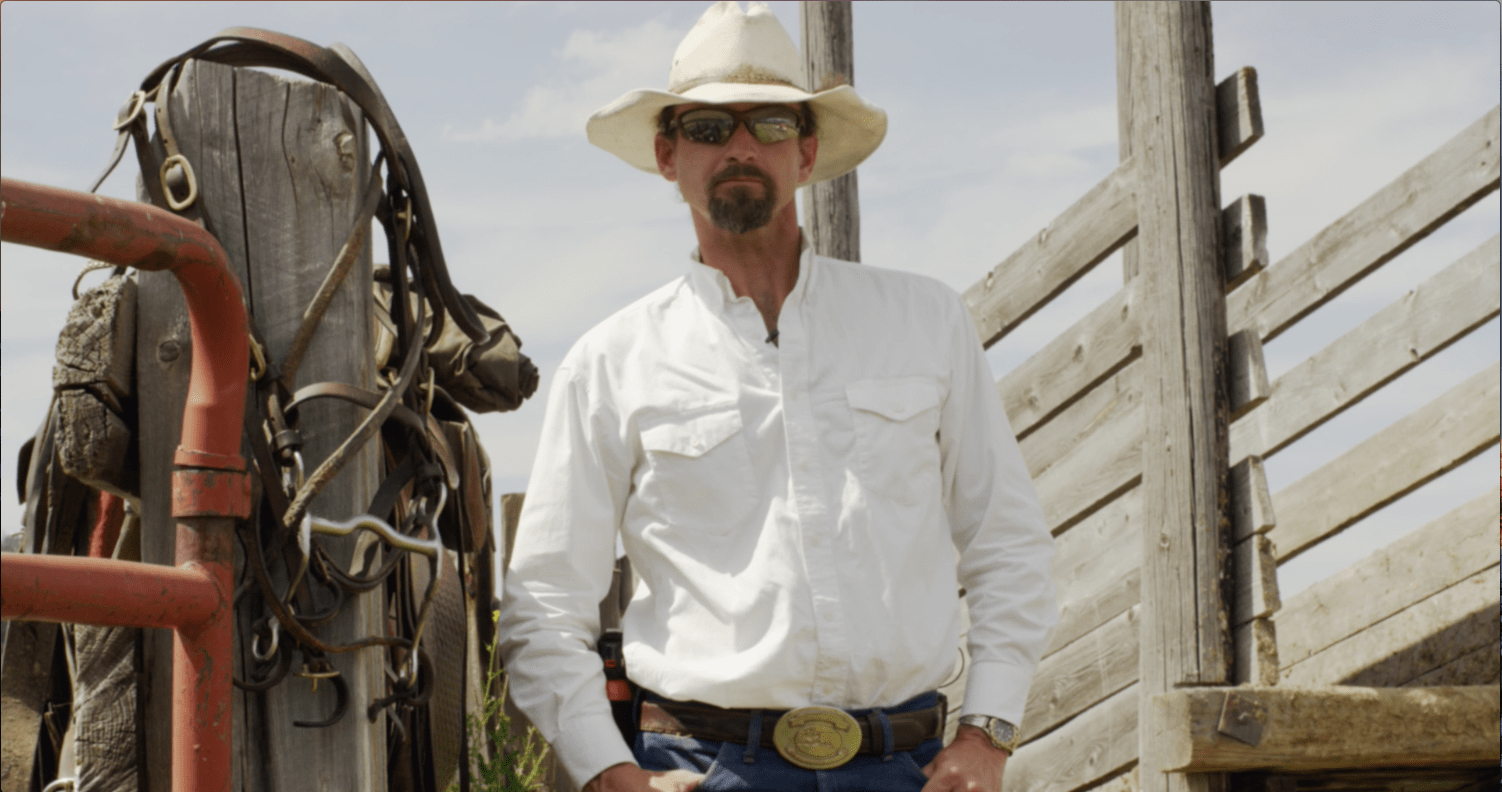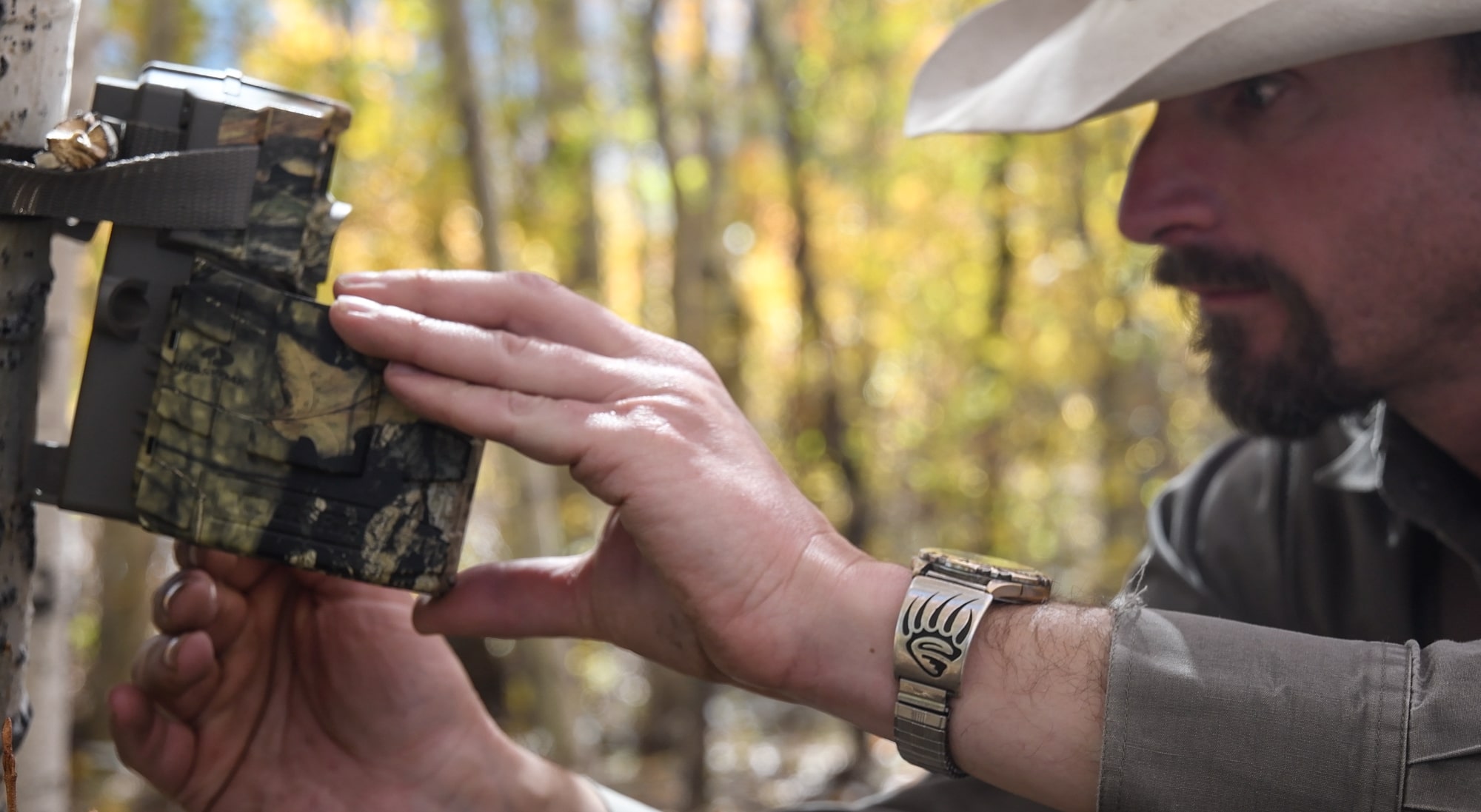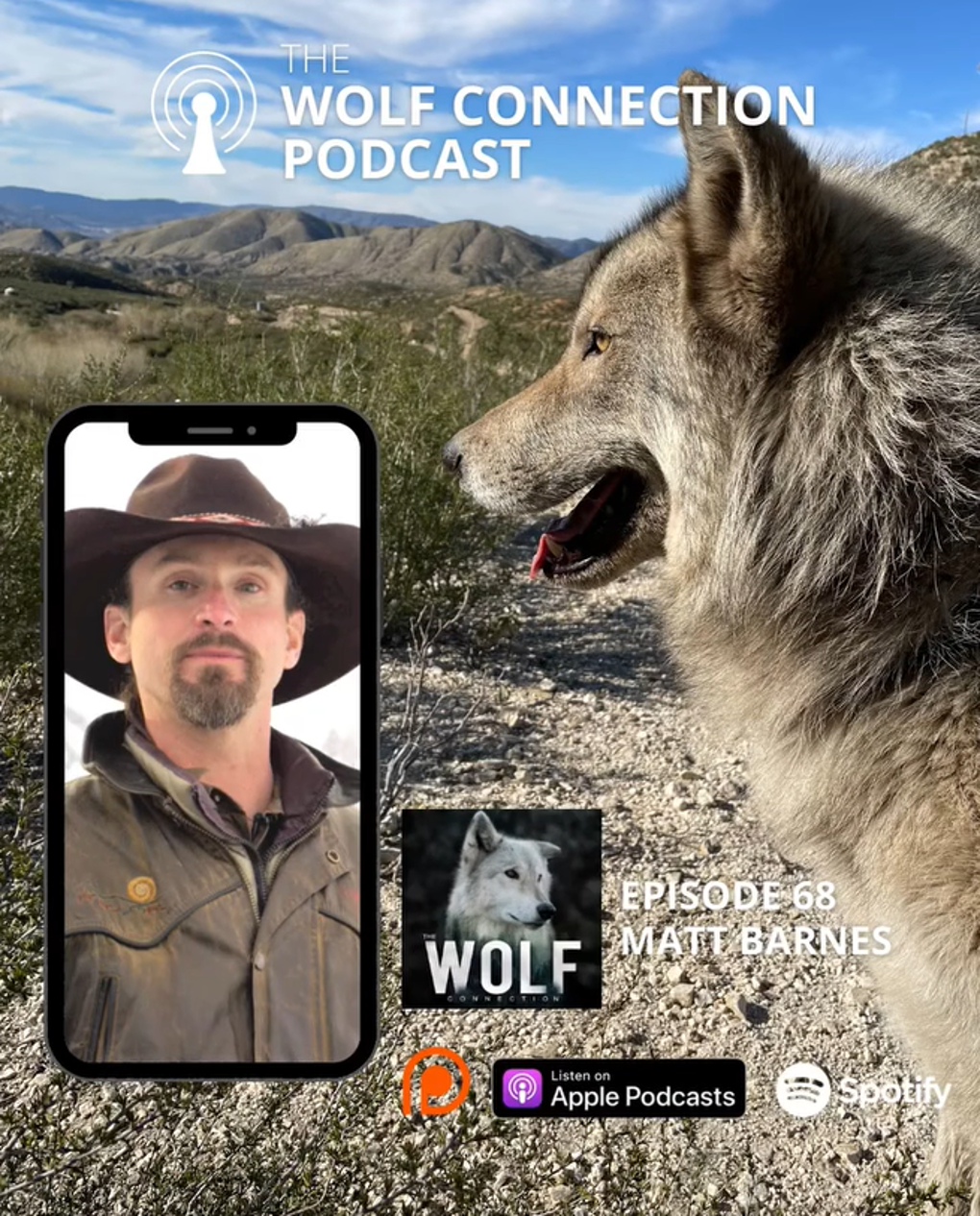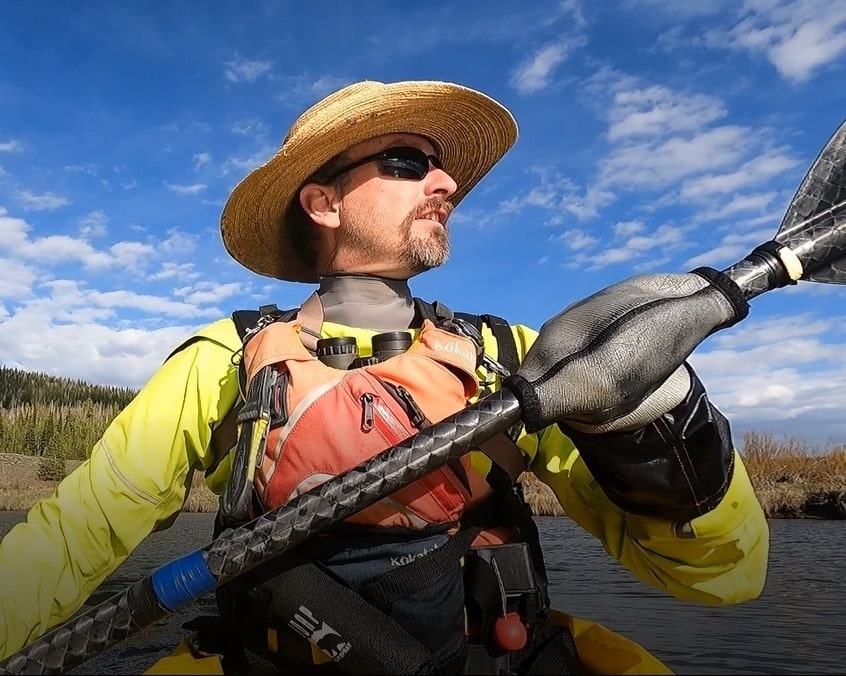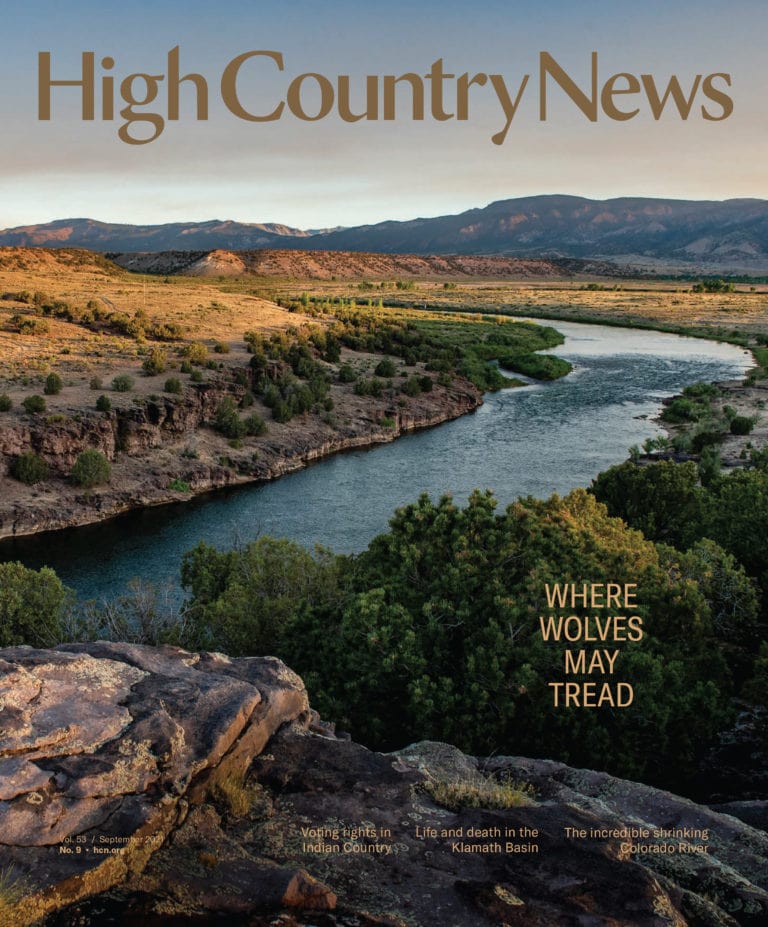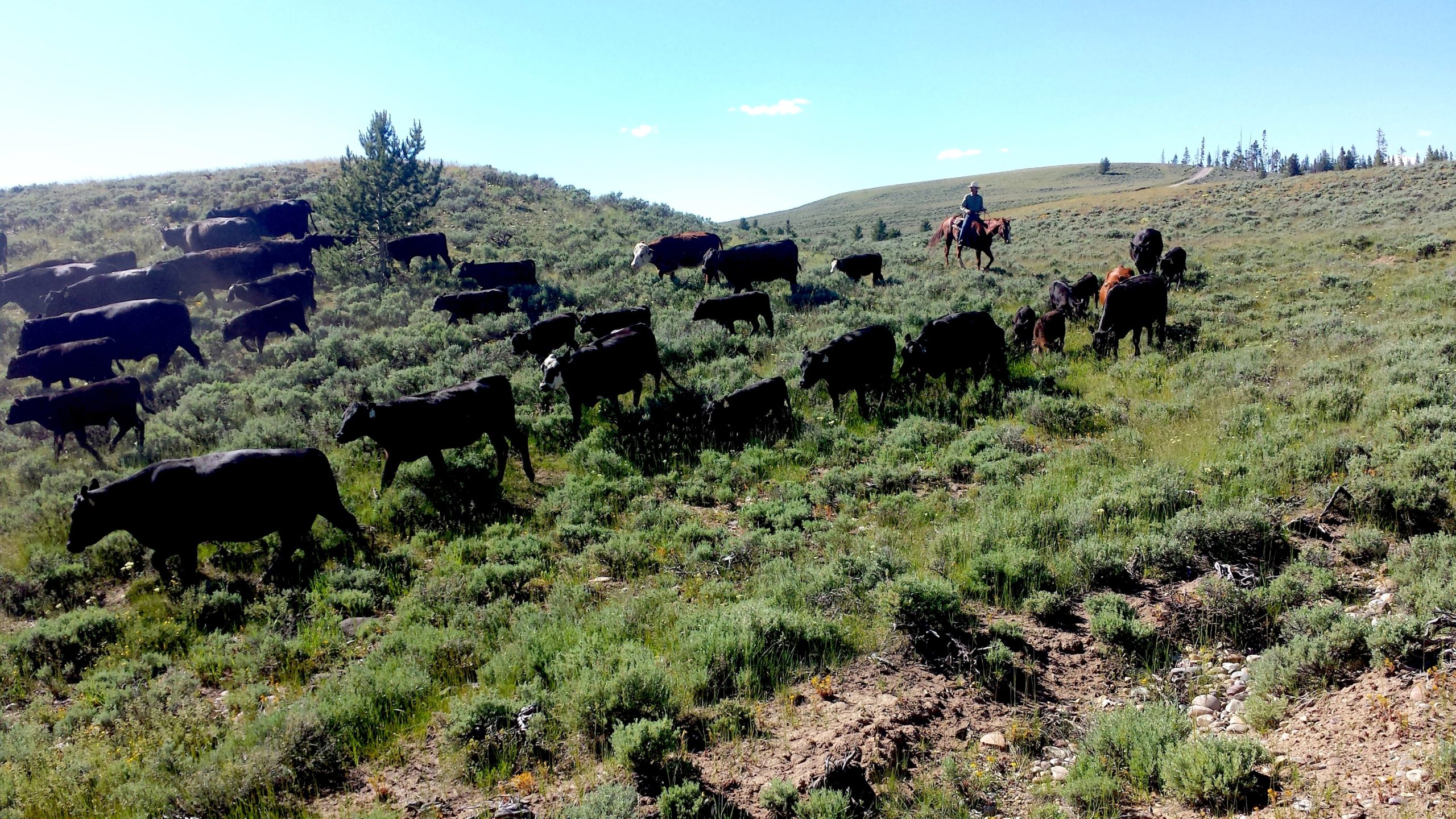Reintegrating Wildness: Integral Land Stewardship and Coexistence with Large Carnivores
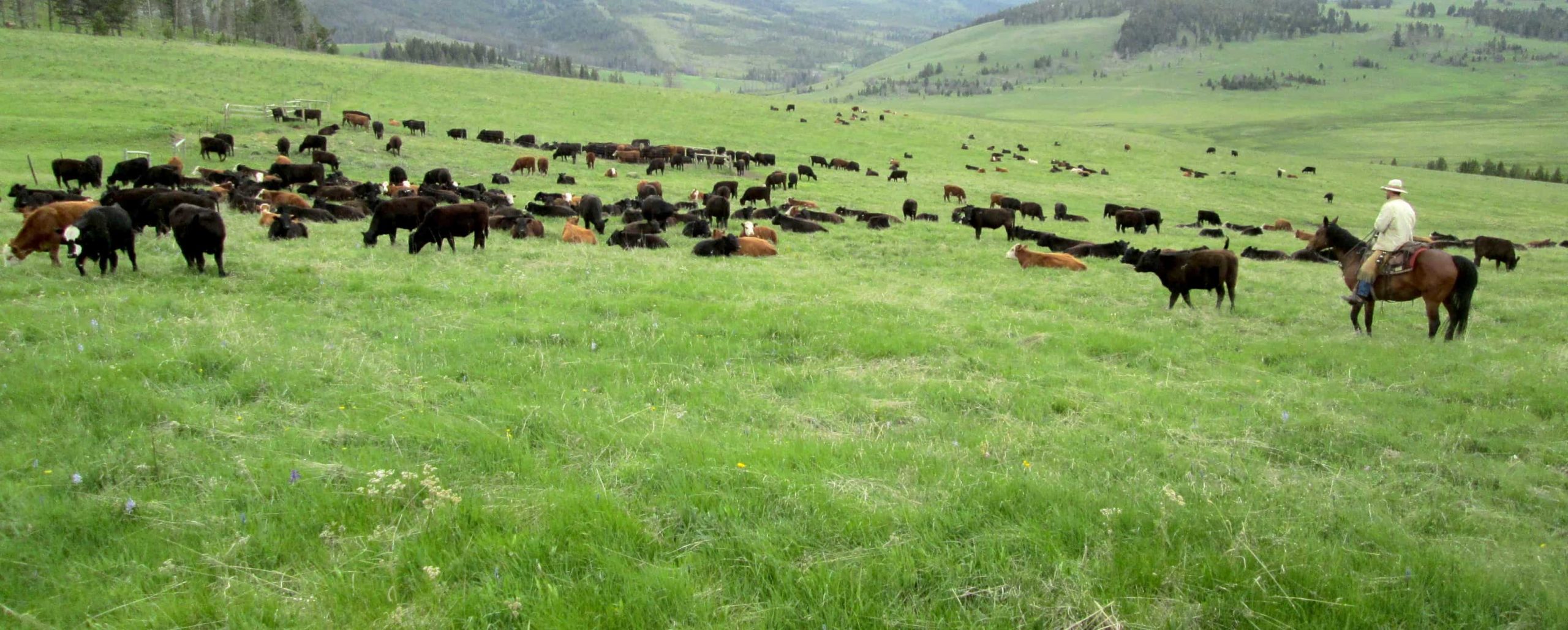
Research Associate: Matt Barnes
Project overview: Reintegrating Wildness: an integral approach to land stewardship, coexistence with large carnivores, and emergency management.
Backstory: When Aldo Leopold concluded in his famous “Thinking Like a Mountain” that perhaps the hidden meaning in the howl of a wolf, echoing from the rimrock, is the same as in Thoreau’s dictum: “in wildness is the preservation of the world,” he hinted at an important point: wildness isn’t just in wildlands and wildlife, it’s in all of us. For literary purposes, Leopold condensed his realization into a moment of watching the green fire die, but the truth is this was the decades-long unfolding of an ever broader, more inclusive, more integrated view of apex carnivores, land, and people. He died shortly after writing that, leaving further integration and the bulk of carnivore restoration to future thinkers and doers.
True ecological restoration requires reintegration of wildness in the ecological sense, as exemplified by coexistence with wolves, bears, cougars, as well as with fires and floods; and that requires a reintegration of wildness in individuals and cultures. This “becoming native” requires an integration of self, culture, and nature.
There are significant parallels in how we view wildness, wildlife, ecological disturbances such as fire and flood, and emergencies in general. The evolving paradigms in each of these arenas reflect our evolving understanding not just of nature and human nature, but also of the human niche in the more-than-human world. In all cases, popular understanding and policy lag behind scientific understanding—but scientific understanding tends to be exclusive of interior realities. These examples all reflect the transcend-and-include pattern of increasing complexity and deeper understanding.
In ecology we no longer view land as tending towards a “climax” equilibrium state, interrupted or set back by external disturbances such as fire, flood, catastrophic storm, etc. For example in resilience theory, the adaptive cycle internalizes the concept of disturbance as part of the cycle and part of the system. Predation is no longer external to the herd, nor fire to the forest, nor flood to the river.
In western ranching, there is a cluster of parallel trends from traditional to progressive, including: from self-identifying primarily as owners and overlords to stewards, and from cattle producers to grass farmers to soil health stewards; from continuous grazing to rotational grazing to strategic grazing management; from commodity production to niche markets with emphasis on organic and grass-fed products increasingly marketed locally; and from conventional (fear-based) livestock handling to low-stress livestock handling (psychologically based)—or from rodeo cowboy to cow-whisperer. There is increasing evidence that the more progressive forms of ranching are also better able to deal with predation.
In our struggles to coexist with large carnivores, more than other wildlife issues, we find that human-carnivore conflicts bring into focus the conflicts between underlying worldviews, especially deeply held assumptions about wildness and domesticity, projected as clashing visions for the future of the American West.
Matt Barnes spent years working as a rangeland management specialist, during which he presented a resolution to a long-standing debate in range science over planned rotational grazing, both in science and in practice. He managed a ranch, using strategic grazing management to improve land and livestock outcomes, and produced a special issue of the Rangelands journal on Strategic Grazing Management for Complex Creative Systems. He recognized the connections between grazing management, stockmanship, and coexistence with potential predators. While working with People and Carnivores, he refined and demonstrated low-stress herding methods with ranchers in Montana and Wyoming. He wrote a holistic view of livestock predation, and the seminal paper on livestock management for coexistence with large carnivores, and shared the results widely.
Matt took his message to Colorado in 2018, sharing an integral view of coexistence with large carnivores in a ranching landscape. In 2020, Colorado passed a ballot proposition to reintroduce wolves—the first use of direct democracy to restore an endangered species.
Current Status: Matt continues to promote human-carnivore coexistence, especially in the context of Colorado’s ongoing planning for wolf restoration, with reintroduction beginning by December 2023.
Prior to the ballot proposition, he helped organize the Durango Wolf Symposium, penned guest columns and contributed to technical articles on coexistence, and later was credited as having an influential role in Colorado’s decision to restore wolves. Now, he is working collaboratively on wolf-livestock coexistence with multiple NGO and agency partners, including as a science advisor to the Rocky Mountain Wolf Project, and a member of the Colorado Parks and Wildlife Stakeholder Advisory Group, tasked with developing recommendations for the Colorado Wolf Restoration and Management Plan.
Matt explored potential corridors for wolves, wolverines, and grizzly bears from the Northern Rockies to the Central and Southern Rockies, culminating in a 700-mile source-to confluence Green River Exploring Expedition (on the 150th anniversary of John Wesley Powell’s second Colorado River Exploring Expedition), from the Wind River Range across the arid basin of southwestern Wyoming, to the Uinta Mountains, Browns Park and greater Dinosaur National Monument in northwestern Colorado, through the Tavaputs Plateau, to the Colorado River. The expedition was covered in a story on wolves’ perilous journey to Colorado in High Country News. He is currently working on a film and other stories about the journey.
Matt continues to work with the range management and ranching communities. He helped organize the first five Stockmanship Symposia at the Society for Range Management, where he has spread the word about low-stress herding as a coexistence strategy, and co-organized the inaugural Range Practicum, a hands-on land and livestock training, to help ranchers and range managers learn to apply the methods.
Project Partners: Ranchers, land and wildlife agencies, conservation organizations. Matt has been appointed to the Colorado Parks and Wildlife wolf restoration Stakeholder Advisory Group, tasked with developing recommendations to the Parks and Wildlife Commission. He is a science advisor to the Rocky Mountain Wolf Project, collaborates with the CSU Center for Human-Carnivore Coexistence, is a member of the Southwest Colorado Wolf Cooperative, a member of the La Plata County Bear Working Group, and an advisor to Bear Smart Durango.
Project start year: 2019
Location: From the Land of Shining Mountains to the Great American Desert. Currently headquartered in western Colorado, with occasional work from Montana to Arizona.
Products: Wolf restoration in the Southern Rockies, and…
In the news
- Cheshire, C. 2022-12-10. No pack mentality: Colorado’s wolf reintroduction draft plan finally released [online]. The sound and the furry [print edition]. Westword 46(16):8-10.
- Borst, E. 2022-12-09. Colorado agency announces wolf reintroduction plan. E&E News / Greenwire.
- Borst, E. 2022-11-23. Advisers split on Colorado wolf reintroduction plans. E&E News / Greenwire.
- Edmondson, S. 2022-04-22. ‘Wolves have profound ecological and biological effects’: Supporters say wolf reintroduction is the right call for Colorado. Ski-Hi News.
- Vreeland, L. 2022-03-25. Wolves on the landscape: Preparing for the return of a predator. The Telluride Daily Planet and The Norwood Post.
- Wilson, S. 2022-01-25. Rancher struggles to haze wolves after pack attacks 2 cows in 2 days. CBS4 Denver: Mountain Newsroom.
- Vreeland, L. 2022-01-20. Restoring Colorado’s wolves. The Telluride Daily Planet and The Norwood Post.
- Blankenbuehler, P. 2021-9-01. Why have gray wolves failed to gain a foothold in Colorado? [online]. A hostile country [print edition]. High Country News 53(9): 30-39.
- Willoughby, S. 2020-12-07. The last great restoration: How Colorado chose to live with wolves. Red Canary Magazine.
- Marshall, S. 2020-09-08. Wolf Man: Election night could be Rob Edward’s time to howl. Westword 44(2):9-14.
- Stewart-Severy, E. 2020-02-25. Western Slope prepping for wolves. Aspen Journalism and Craig Daily Press.
Podcasts and radio shows
- Barnes, M. 2022. Does science support wolf management numbers? The Colorado Howl [radio show]. Episode 19.
- Barnes, M. 2022-03-11. Livestock & predator coexistence management. The Wolf Connection [podcast]. Episode 68.
- Barnes, M. 2022. What does coexistence with wolves mean? The Colorado Howl [radio show]. Episode 13.
- Breck, S., and Barnes, M. 2020. Livestock-predator interactions. The Art of Range Podcast. Episode 41.
Popular publications
- Barnes, M. 2022. Reintegrating Wildness: From the Northern to the Southern Rockies across the heart of the West. NRCC 2022 Year in Review.
- Barnes, M. 2021-09-01. Connecting the Northern and Southern Rockies across the Heart of the West. Rocky Mountain Wolf Project blog.
- Barnes, M. 2021-07-22. Opinion: Proposed wolf hunting, trapping rules return to the failed policies of the past. Missoula Current.
- Barnes, M. 2020. The inaugural Range Practicum: Hands-on land and livestock training. Working Ranch 15(6): 82-84.
- Barnes, M. 2020-09-23. Counterpoint: Don’t be afraid of the big, bad wolf. The Gazette, Colorado Politics, and Out There Colorado.
- Barnes, M. 2020-08-02. Not all ranchers are opposed to wolf restoration. The Denver Post.
- Barnes, M. 2019-03-06. Wolves’ wildness symbolizes differing perspectives; truth transcends both. Montrose Daily Press.
- Barnes, M. 2019. Wolves in Colorado? High Country Outsider.
- Barnes, M. 2018-12-20. Wolf symposium shared science. The Durango Telegraph.
- Barnes, M. 2018-05-22. Instead of blaming the bear, prevent the conflict. High Country News / Writers on the Range.
Technical publications
- Stakeholder Advisory Group. 2022. Final summary of recommendations for the Colorado Wolf Restoration and Management Plan. Colorado Parks and Wildlife, and Keystone Policy Center.
- Barnes, M., Reichert, R., and Barrett, T. 2021. The inaugural Range Practicum: A hands-on land and livestock training. Rangelands 43(6): 231-239.
- Center for Human-Carnivore Coexistence [numerous contributors]. 2020. Wolves and livestock. Info sheet 8.010 in: People and Predator Series: Colorado Wolves. Colorado State University Extension.
- Danvir, R., and numerous contributors. 2018. Reducing Conflict With Grizzly Bears, Wolves and Elk: A Western Landowners Guide. Western Landowners Alliance.
Education
- Barnes, M. [interviewee]. 2020. Rancher insights — Interview with an expert: Matt Barnes. Wolf Coexistence Quest. Captain Planet Foundation.
Presentations
- Barnes, M. 2018-2022. Ranching with wolves and grizzly bears: Lessons from the Northern Rockies [and similar titles]. Presentations for numerous audiences, including: International Wildlife Coexistence Conference; RegenAg Masterclass; Western Colorado Food and Farm Forum; Western Colorado University – Center for Public Lands, and Coldharbour Institute; Fort Lewis College; with the travelling Living With Wolves exhibit at Colorado Mesa University, Durango Powerhouse Science Center, and Steamboat Creates; the Leopold Writing Program, at the Harwood Museum; and previous iterations for the Society for Range Management, International Mountain and Wyoming Sections SRM; and the Montana and Wyoming Chapters of The Wildlife Society.

